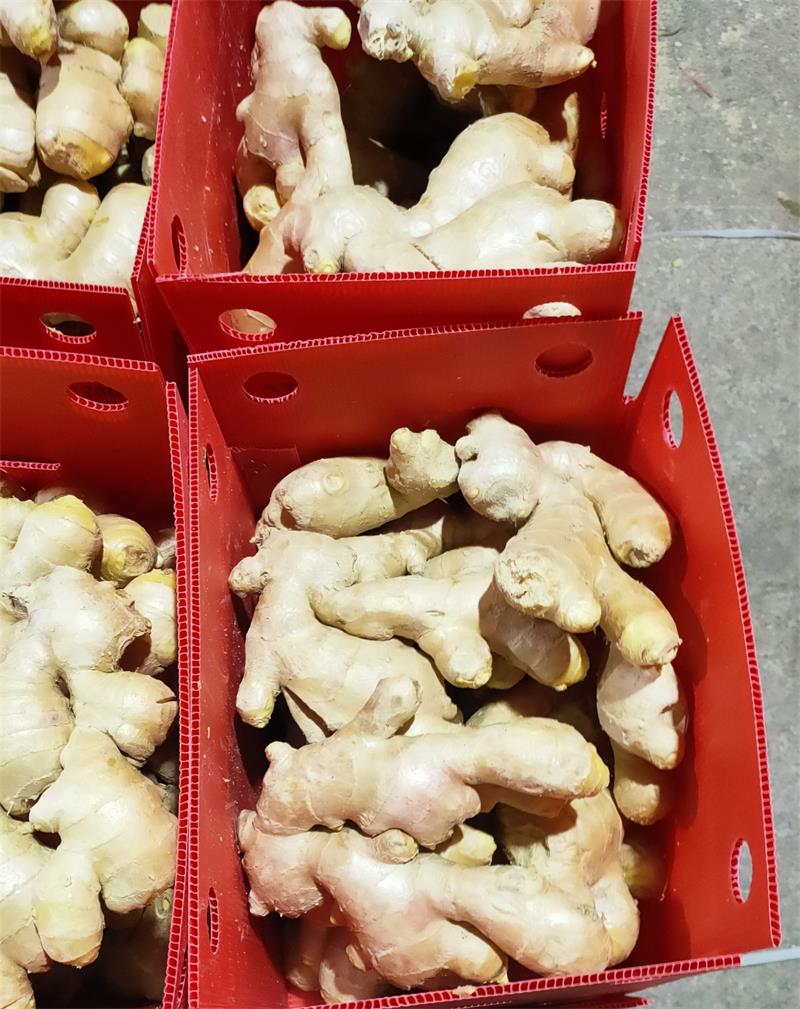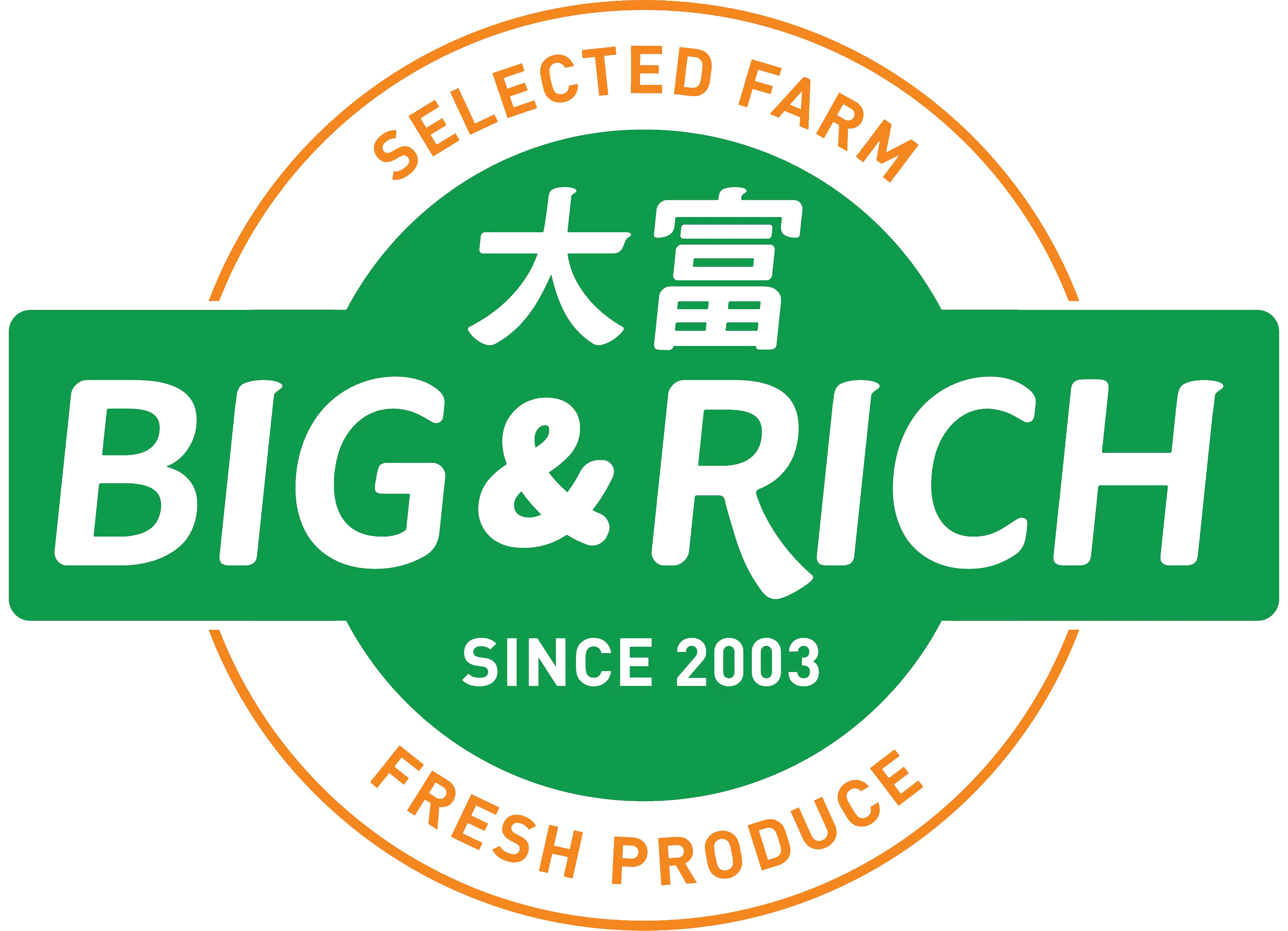Planting and Harvesting of Ginger
Ginger is a common seasoning and a plant with medicinal value. Its planting and harvesting process requires certain skills and experience. Here are some basic information about the planting and harvesting of ginger.
Firstly, the cultivation of ginger requires selecting suitable soil and environment. Generally speaking, ginger prefers a warm and humid climate and is suitable for planting in sunny and well drained areas. The soil should be rich in organic matter, with a pH value between 6.0 and 7.0.
Secondly, the cultivation of ginger requires the preparation of ginger seeds. Ginger should be a healthy, pest free ginger block with a diameter between 5-8 centimeters. Before planting, ginger can be soaked in water for 24 hours to promote germination.
Firstly, the cultivation of ginger requires selecting suitable soil and environment. Generally speaking, ginger prefers a warm and humid climate and is suitable for planting in sunny and well drained areas. The soil should be rich in organic matter, with a pH value between 6.0 and 7.0.
Secondly, the cultivation of ginger requires the preparation of ginger seeds. Ginger should be a healthy, pest free ginger block with a diameter between 5-8 centimeters. Before planting, ginger can be soaked in water for 24 hours to promote germination.

Next, bury the ginger seeds in the soil at certain intervals. Generally speaking, the distance between each ginger plant should be around 30-40 centimeters. Then, cover the ginger with soil to make it in close contact with the soil.
During the growth process of ginger, regular watering and fertilization are required. Watering should keep the soil moist, but not too moist to prevent root rot. Fertilization can be done using organic or compound fertilizers, applied every 2-3 months.
When ginger plants reach a certain height, pruning and thinning can be carried out. Pruning can promote ginger branching and increase yield. Sparse seedlings can maintain an appropriate distance between plants, which is beneficial for lighting and ventilation.
Finally, when the ginger plant reaches maturity, it can be harvested. Generally speaking, ginger can be harvested in autumn. Be careful to pull the ginger out of the soil during harvest to avoid damaging the roots. The harvested ginger needs to be dried and stored to maintain its freshness and quality.
During the growth process of ginger, regular watering and fertilization are required. Watering should keep the soil moist, but not too moist to prevent root rot. Fertilization can be done using organic or compound fertilizers, applied every 2-3 months.
When ginger plants reach a certain height, pruning and thinning can be carried out. Pruning can promote ginger branching and increase yield. Sparse seedlings can maintain an appropriate distance between plants, which is beneficial for lighting and ventilation.
Finally, when the ginger plant reaches maturity, it can be harvested. Generally speaking, ginger can be harvested in autumn. Be careful to pull the ginger out of the soil during harvest to avoid damaging the roots. The harvested ginger needs to be dried and stored to maintain its freshness and quality.
2024-05-12 14-56


